
You might not find a food with less visual appeal than kombu. Whether brownish-green and flopping in ocean waters, or dried and near-black on supermarket shelves, this type of kelp doesn't incite the salivary response -- until you cook it. Kombu is pure umami -- widely recognized as the fifth taste -- and has so much savory flavor you'll wonder how such an unassuming plant is the basis of dashi, the backbone of Japanese cooking. Dashi is to Japanese cuisine what chicken stock is to American cooking. You find it in soups, sauces, and poaching and steaming liquids. Kombu is also a garnish and flavor enhancer.
Step 1
Make dashi by simmering dried kombu in a large pot of cold water. Use about 2 quarts of cold water per sheet of dried kombu. Remove the kombu with a slotted spoon and save it for other uses. Turn off the heat and add a little less than a cup of shaved bonito tuna flakes for every sheet of kombu used. Let the mixture steep and cool, then strain it through a sieve. Use dashi in soups and sauces, or for steaming seafood.
Step 2
Make a second-extraction dashi with the kombu you used to make dashi, using the same method. Use a second-extraction dashi in soups, sauces and as a cooking liquid.
Step 3
Make a simple broth by simmering sheets of kombu with cold water, using about a quart of water for each sheet. Remove the kombu with a slotted spoon and flavor soups and seafood dishes with the broth.
Step 4
Get dried beans to cook faster by adding a sheet of kombu as they cook. The glutamate in kombu works with the enzymes in beans to break them down and absorb liquid quicker. Take the kombu out with a slotted spoon before serving the beans.
Step 5
Turn kombu into a garnish by cooking it in water for about an hour, then cooling it down quickly in ice water. Julienne the kombu into strips and add it to salads or other cold dishes for texture and color.
Step 6
Slice dry kombu into strips and fry it in a few tablespoons of oil until crisp as a garnish for soups, salads and sauces. Add the fried kombu after the soups or sauces finish cooking.
Step 7
Store dried kombu in an airtight food storage container in a cool, dry cupboard after you open the package.
Step 8
Store cooked kombu, kombu broth or dashi in an airtight food storage container in the refrigerator up to three days.
Related Articles
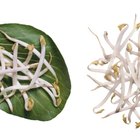
How to cook bean sprouts

How to Cook Cauliflower Without ...

How to Cook Foil Packs in the Oven
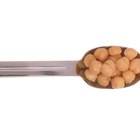
How to Cook Dry Garbanzos in a Crock Pot
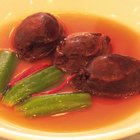
How to Cook Abalone
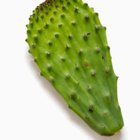
How to Cook Cactus Leaves
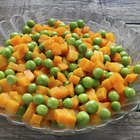
How to Season Peas & Carrots
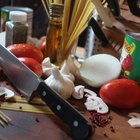
How to Make Delicious, Homemade ...

How to Cook With Freeze-Dried Vegetables

How to Cook Couscous With Chicken Broth

How to Cook Liver and Onions

How to Make Soup Out of Pulp From ...
Healthy Tuna Salad Recipe

How to Cook Beef Florentine

How to Cook Penne Rigate Noodles in the ...

How to Freeze Edamame Soybeans
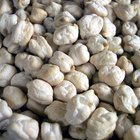
How to Freeze Garbanzo Beans

How to Freeze Lentils
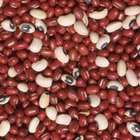
How to Convert Dried Beans to Cooked ...
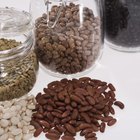
How to Freeze Cooked Dried Beans
References
Tips
- Substitute Maine kelp for kombu if your store doesn't carry it.
Writer Bio
A.J. Andrews' work has appeared in Food and Wine, Fricote and "BBC Good Food." He lives in Europe where he bakes with wild yeast, milks goats for cheese and prepares for the Court of Master Sommeliers level II exam. Andrews received formal training at Le Cordon Bleu.
Photo Credits
Ryan McVay/Photodisc/Getty Images